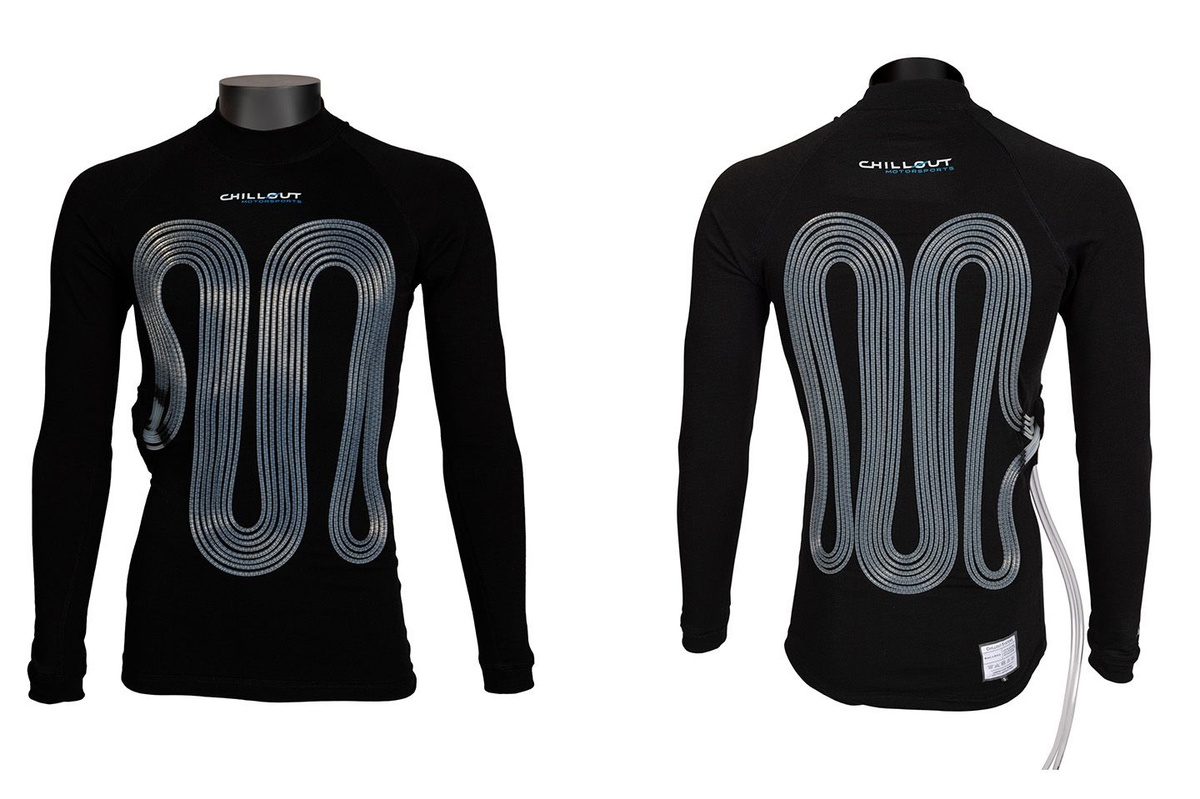The streets of Marina Bay are set to host not just a spectacular night race, but a declared `heat hazard` by the FIA. With temperatures predicted to soar to 31°C (81°F) and humidity lingering above a stifling 75%, Formula 1`s Race Director, Rui Marques, has invoked a regulation designed to protect the very athletes pushing the limits of human endurance. For the first time, this rule offers drivers the option to utilize specialized cooling vests, a testament to the sport`s evolving commitment to safety and performance in the most brutal conditions.
The Genesis of a Regulation: Learning from the Brink
This critical directive didn`t emerge from thin air; it`s a direct response to the harrowing scenes witnessed at the 2023 Qatar Grand Prix. That race, also held under intense heat and humidity, pushed drivers to their absolute limits, and in some cases, beyond. Williams driver Logan Sargeant was forced to retire due to the conditions, while Aston Martin`s Lance Stroll collapsed post-race, admitting he was on the verge of blacking out in high-speed corners. These incidents served as a stark reminder that even the fittest athletes have a breaking point, prompting the FIA to act decisively.
During a typical two-hour race in Singapore, a driver can shed as much as three kilograms of body weight through sweat – equivalent to three liters of fluid. This represents a significant 4% to 5% body-weight loss for many, a level known to severely impair cognitive function and physical performance. The new `heat hazard` regulation directly addresses this physiological drain.
Cooling Under Pressure: How the Vests Work
At its core, the cooling vest system is deceptively simple: a network of thin tubes stitched into the vest, through which a coolant is continuously pumped. This liquid circulation actively draws heat away from the driver`s body, helping to regulate core temperature and mitigate the effects of heat stress. It`s a technological embrace of basic thermodynamics, applied to one of the most demanding athletic environments on Earth.
However, implementing such technology within the confines of an F1 cockpit, where space is a luxury and every gram counts, presents its own set of challenges:
- Weight Implications: To accommodate the necessary hardware, the minimum weight of the car is increased by five kilograms. Drivers who opt not to wear the vest are still required to carry equivalent ballast, ensuring no competitive disadvantage.
- Comfort vs. Performance: Early iterations of the vests faced ergonomic complaints. Drivers reported discomfort from the connecting valve to the pump, particularly under the immense G-forces experienced in an F1 car. Efforts have been made to reposition these connectors and refine the vest`s material, but the thick fabric and tubing can still feel cumbersome under fireproof overalls.
- Reliability Concerns: A crucial factor is system reliability. A cooling vest that fails mid-race could ironically become a heat insulator, exacerbating the problem rather than solving it. Teams and specialist suppliers have been working diligently over the past two years to refine these systems, extending their operational window from an initial half-hour to a more practical hour, though a full two-hour race remains an ambition.
The Drivers` Verdict: A Mixed Reception
The introduction of cooling vests has been met with a mix of gratitude and, shall we say, characteristic F1 driver pragmatism. Some have already experimented with the technology in races not officially declared `heat hazards.`
“When you`re racing in 90% humidity and the cockpits are getting on for 60 degrees, it`s a bit of a sauna inside the car. So I think we all welcome it,” remarked George Russell, highlighting the extreme conditions drivers regularly face.
Yet, others remain cautious. Seven-time champion Lewis Hamilton admitted, “It`s quite uncomfortable. It itches a lot so I`m not sure I want to drive with an itchy top on.” A fair point – who wants an added distraction when navigating at 200 mph?
Perhaps the most compelling endorsement comes from Nico Hulkenberg, who was persuaded after an enlightening post-race encounter. Following the scorching Saudi Arabian Grand Prix, Hulkenberg recalled being “toast” after the race. On the flight back, he observed Alex Albon, who had worn a vest, appearing “fresh like a spring chicken.” The choice for Singapore became clear: “So I said, next time I`m going to run that thing.” Sometimes, a visual comparison is more persuasive than any technical specification.
A Cooler Future for F1?
The F1 cooling vest represents more than just a piece of equipment; it`s a symbol of Formula 1`s ongoing commitment to pushing boundaries, not just in speed, but in safety and athlete well-being. As the sport continues its global expansion into diverse climates, such innovations become indispensable. The image of a driver, strapped into a multi-million-dollar machine, silently battling the elements with a chilled liquid flowing over their skin, adds another fascinating layer to the already complex tapestry of Formula 1 racing. It`s a reminder that even at the pinnacle of motorsport, the most fundamental human needs remain paramount.

